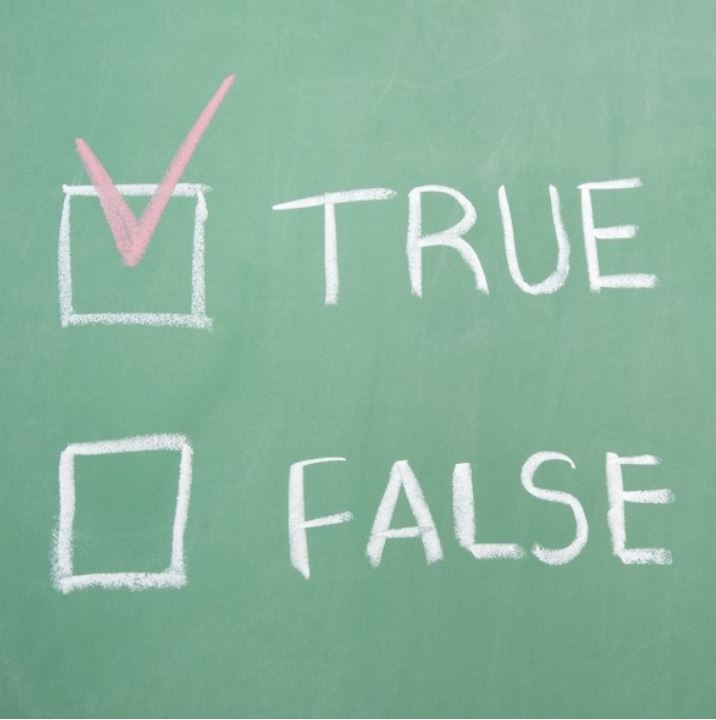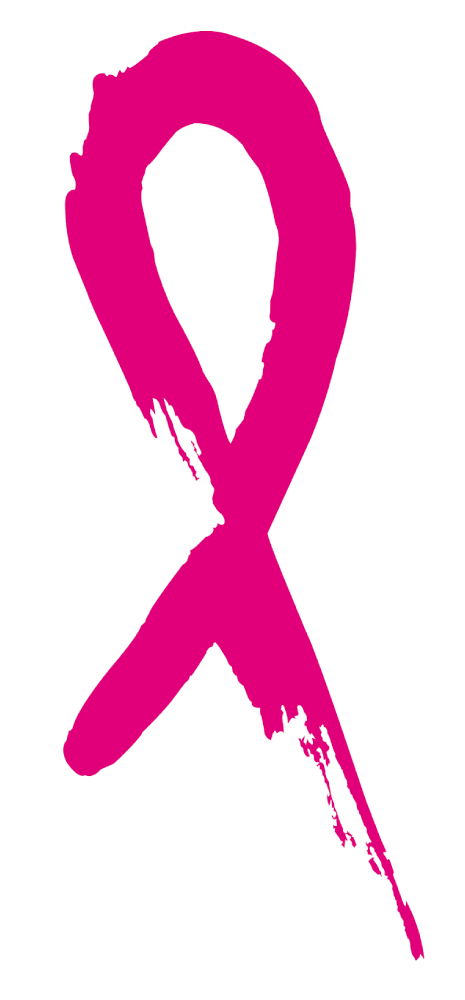
Good Housekeeping published an interesting post on Breast Cancer Myths from a Nuffield Health care professional. You can read the article here or oherwise we have put a copy below for you to read. Dont forget to share the info with friends and family.
Breast cancer is the most common type of cancer, affecting almost 55,000 UK women each year. Here are the 10 most common myths about breast cancer and the truth behind them.
Myth 1: Most breast lumps are cancerous
Simply discovering a lump is not a sign that you have breast cancer. Roughly 80% of lumps in women’s breasts are caused by benign (noncancerous) changes, cysts, or other conditions. You should have all lumps checked just to be sure.
Myth 2: Breast cancer always comes in the form of a lump
A lump may be an indication of breast cancer or one of many benign breast conditions. There are other changes in the breast to look out for such as changes to breast skin (swelling, skin irritation or dimpling), changes to the shape and size of the breasts, breast or nipple pain, nipple inversion, redness, scaliness, thickening of the nipple or breast skin, or a discharge other than breast milk.
RELATED: ULTIMATE GUIDE TO CHECKING YOUR BREASTS
Myth 3: If you’re at risk for breast cancer, there’s little you can do but watch for the signs
There’s a lot that women can do to lower their risk, including losing weight if they’re obese, getting regular exercise, lowering alcohol consumption, examining their breasts regularly and quitting smoking.
Myth 4: Only women with a family history of breast cancer are at risk
Roughly 70% of women diagnosed with breast cancer have no identifiable risk factors for the disease. But the family-history risks are these:
· One first degree female relative diagnosed with breast cancer aged younger than 40 (a first degree relative is your parent, brother or sister, or your child).
· One first degree male relative diagnosed with breast cancer at any age.
· One first degree relative with cancer in both breasts where the first cancer was diagnosed aged younger than 50.
· Two first degree relatives, or one first degree and one second degree relative, diagnosed with breast cancer at any age (second degree relatives are aunts, uncles, nephews, nieces, grandparents, and grandchildren).
· One first degree or second degree relative diagnosed with breast cancer at any age and one first degree or second degree relative diagnosed with ovarian cancer at any age (one of these should be a first degree relative).
· Three first degree or second degree relatives diagnosed with breast cancer at any age.
Myth 5: Wearing an underwire bra increases your risk of getting breast cancer
Claims that underwire bras compress the lymphatic system of the breast, causing toxins to accumulate and cause breast cancer, are not backed up by science. The consensus is that neither the type of bra you wear nor the tightness of your underwear or other clothing has any connection to breast cancer risk.
Myth 6: Wearing antiperspirant increases your risk of getting breast cancer
There are claims that parabens, used as preservatives in some antiperspirants, have weak oestrogen-like properties and may contribute to breast cancer development. But no cause-and-effect connection between parabens and breast cancer has been established.
Myth 7: Small-breasted women have less chance of getting breast cancer
Very small breasts and very large breast can be difficult to examine using mammography and MRI but there is no evidence to show that women with small breasts are less likely to develop breast cancer. Mammographers are specially trained to ensure women of all sizes can be screened. More important than size is the type of tissue the breast is made of. Very dense tissue, which shows up white on a mammogram, can make it difficult to detect small cancers.
Myth 8: Caffeine causes breast cancer
No causal connection has been found between drinking caffeine and getting breast cancer. In fact, some research suggests that caffeine may actually lower your risk. So far it’s inconclusive whether breast soreness may be linked to caffeine.
Myth 9: Women with lumpy breasts (fibrocystic breast changes) have a higher risk of developing breast cancer
In the past, women with lumpy, dense, or fibrocystic breasts were believed to be at higher risk of getting breast cancer, but there doesn’t appear to be a connection after all. However, when you have lumpy breasts, it can be trickier to differentiate normal tissue from cancerous tissue, so you should report any changes to your GP.
Myth 10: Mammograms expose you to so much radiation that they increase your risk of cancer
While it’s true that radiation is used in mammography, the amount is so small that any associated risks are tiny when compared to the huge preventive benefits gained from the test. Mammograms can detect lumps well before they can be felt or otherwise noticed, and the earlier that lumps are caught, the better one’s chances of a positive outcome.
Provided by Nuffield Health’s professional head of mammography, Sue Oliver.



